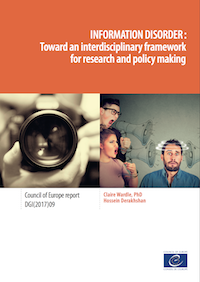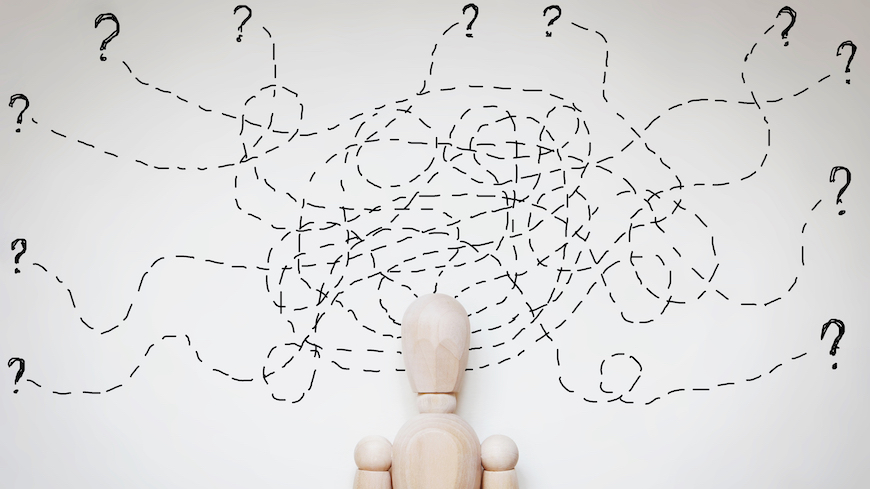On 10 – 11 November 2022 Patrick Penninckx, Head of the Information Society Department, took part in the international conference entitled “Young People and Information: Facing the Challenges of Mis- and Disinformation in the Digital Age” organised in Valletta by the Ministry for Foreign and European Affairs and Trade of Malta. In his address to the participants, Mr. Penninckx outlined the challenges of the new digital era and explained the policy responses of the Council of Europe, including the promotion of media freedoms and combating misinformation.
In terms of the target audience, the conference hosted young professionals in the Euro-Med area, people working in mainstream and alternative media, technology and education sectors (private or public), and in relevant international and regional institutions; Civil society and NGOs, young professionals working in public organisations with interest in the subject; and activists.






